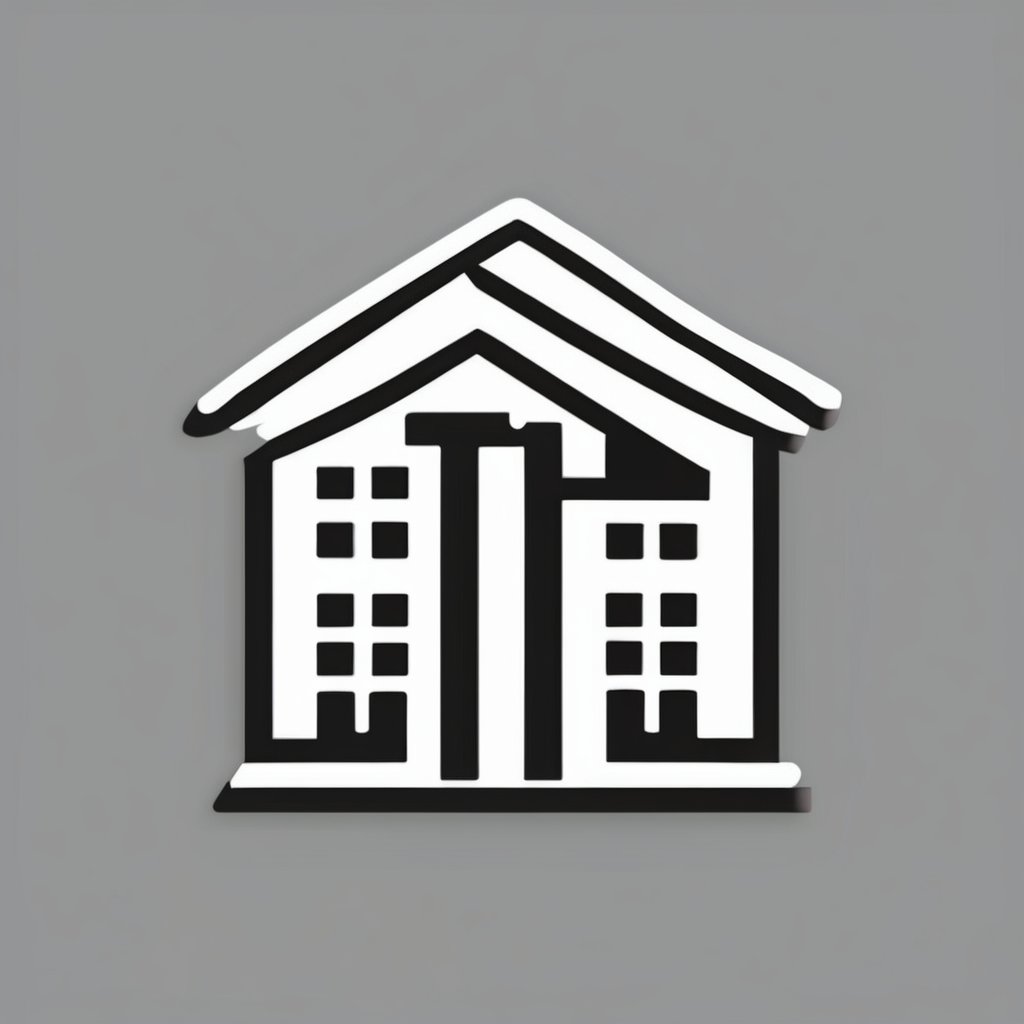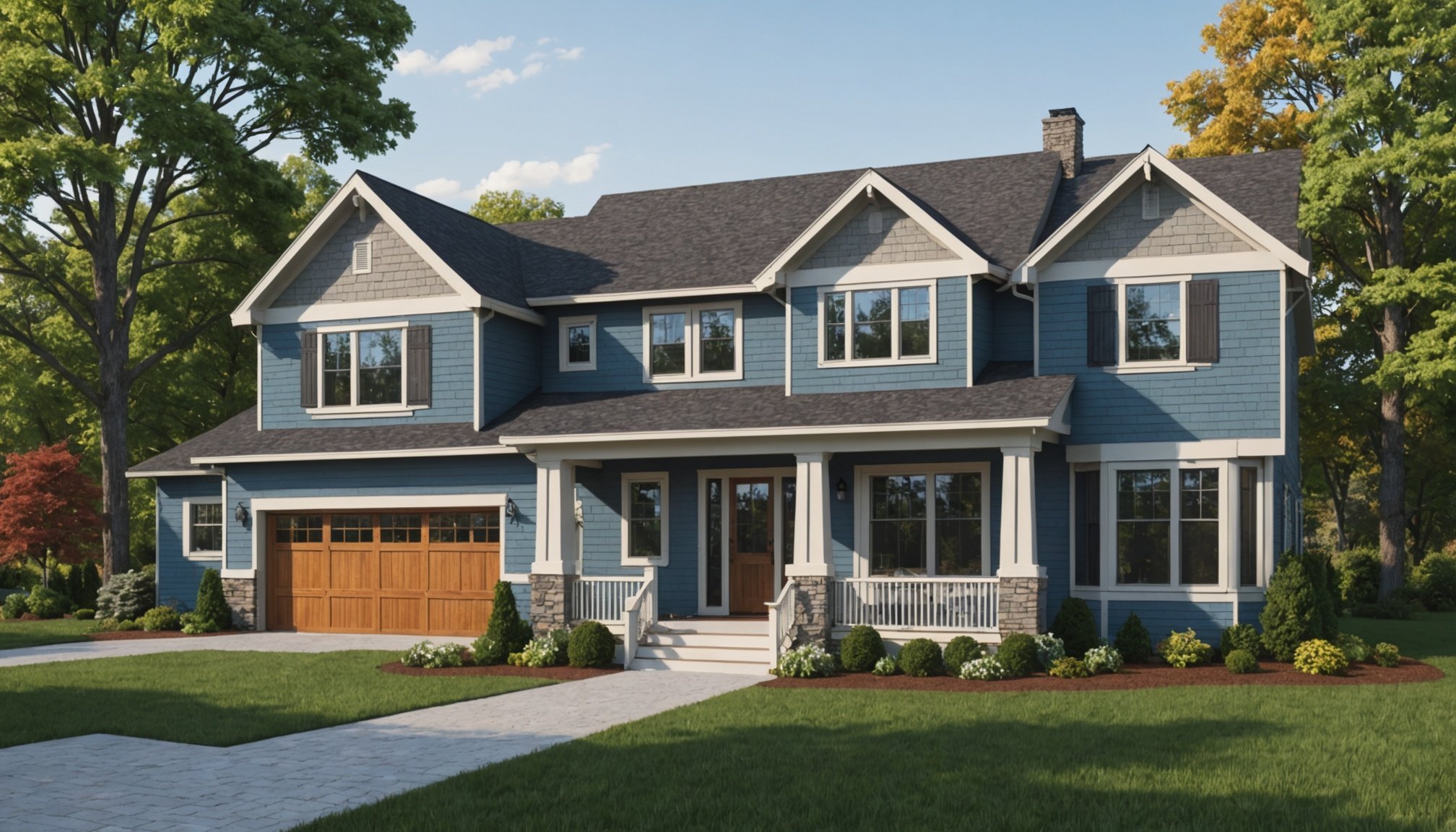Understanding Unique Properties and Their Insurance Needs
Unique properties often possess architectural features that set them apart from standard homes. This uniqueness is not simply about aesthetic appeal but also involves distinctive architectural significance. Such properties may include historic homes with period architecture or modern homes with innovative, eco-friendly designs. The value and history of these buildings elevate their stature, making them more than mere living spaces.
Due to these diverse and specialized characteristics, standard homeowner’s insurance may not suffice. Specialized insurance is crucial for addressing the specific risks associated with their unique features. For example, materials or restoration techniques might require expert attention, significantly increasing potential repair costs. Therefore, comprehensive policies designed for these properties often cover aspects like rare materials or bespoke architectural elements.
A lire également : How Implementing Targeted Fire Safety Strategies Can Reduce Insurance Costs in Bristol
A common misconception about insuring unique properties is that it operates similarly to conventional home insurance. However, it’s pivotal to understand that the standard policies may lack coverage for critical elements of these dwellings. Often, owners of unique homes believe general policies provide adequate protection, only to face unexpected limitations. Recognizing and securing tailored insurance coverage ensures these properties are protected financially against unforeseen damages, thus safeguarding both the investment and the history they embody.
Key Factors Influencing Insurance Assessment
Understanding the nuances of Insurance Assessment Factors can significantly influence both the cost and availability of coverage. Various elements come into play when determining these assessments.
Lire également : Navigating the Mortgage Maze: Selecting Fixed vs. Variable Rates for Luxury Properties in Edinburgh
Architectural Features and Complexity
The architectural features of a property greatly impact its insurance evaluation. Structures with unique designs or complex engineering are often more challenging to insure due to the specialized knowledge required for repairs. Properties constructed with unique materials or innovative building styles may see an increase in premiums because these materials might be costlier to replace.
Market Value Considerations
When evaluating a property’s insurance assessment, market value is a critical factor. Insurers assess how the property’s value stacks up against traditional homes. A high market value typically leads to a higher premium, reflecting the cost required to rebuild or replace the property in the event of a loss.
Historical Significance and Location
Properties with historical significance also experience different insurance assessment criteria. These factors incorporate the property’s location and unique heritage features. The location could affect risk assessments—being in a flood-prone area increases the chance of damage, thereby affecting coverage options. Equally, refurbishing historically significant materials can be expensive, influencing premiums.
Recognizing and navigating these facets can aid homeowners in optimizing their insurance decisions.
Types of Insurance Coverage Available
When insuring a unique home, it’s essential to consider specialized insurance products tailored to your property’s distinct characteristics. Traditional insurance may not fully cover rare architectural features or the replacement value of such a home. Therefore, a specialized policy ensures comprehensive protection.
One crucial aspect is understanding the difference between replacement cost and market value coverage. Replacement cost covers the expenses to rebuild or repair a home to its original state, which is often higher for unique homes due to custom designs or materials. On the other hand, market value reflects the home’s current selling price, potentially lower than the cost to restore it.
Additional endorsements and riders can provide coverage for architectural features that aren’t standard in traditional homes. These might include historical restorations or unique design elements that require specialized skills or materials to repair. By adding these riders, homeowners can ensure that their property’s unique elements are safeguarded, preserving both value and function.
For those with unique property insurance coverage needs, these tailored options offer peace of mind by aligning protection with the home’s specific attributes. This informed approach allows homeowners to navigate the complexities of insuring their extraordinary properties efficiently.
Identifying Potential Risks
Selecting a home or business with distinctive properties brings unique challenges. Understanding potential risks is crucial.
Natural Disasters and Environmental Factors
Distinctive properties often face increased risks such as hurricanes, earthquakes, or floods. Geographic location significantly affects exposure to these dangers. Those in coastal areas might see higher hurricane risks, while properties near fault lines could be more susceptible to earthquakes. Evaluating environmental risks based on location is essential for risk management.
Vandalism and Theft Concerns
Unique designs can attract attention, sometimes unwanted. Intricate architectural elements or unconventional materials might be targets for vandalism or theft. Securing these properties involves thoughtful strategies like advanced alarm systems, reinforced windows, or even employing surveillance tactics to deter potential threats.
Maintenance and Deterioration Issues
Distinctive properties often rely on unconventional materials, which might require specialized maintenance. For example, eco-friendly buildings may need specific cleaning solutions to prevent deterioration. Regular checks and proactive repairs are key to preserving these unique structures. Identifying experienced professionals who understand the specific maintenance needs of these materials can prolong the lifespan of your property, safeguarding it from undue wear and tear.
Working with Insurance Agents
Navigating the world of insurance for unique properties can be daunting, but insurance agents for unique properties are well-equipped to assist you. Finding agents with the necessary expertise is crucial. Look for those who specialize in peculiar homes, as they possess the nuanced understanding required to assess and provide appropriate coverage.
When collaborating with an agent, providing the correct documentation and detailed information is paramount. Ensure you have a comprehensive record of your property’s specifications, past claims, and any special features that contribute to its uniqueness. This will enable your agent to evaluate potential risks accurately. For example, if your property is considered “high-risk” due to location or design elements, thorough documentation helps in devising adequate insurance policies without unnecessary complications.
Negotiating terms requires a good understanding of how insurance labels apply to your property. Discuss any high-risk designations openly, as this will help in restructuring policies to better serve your needs or in finding alternative solutions. Effective dialogue with your insurance agents for unique properties ensures you are not only well-informed but also prepared to make sound decisions. Remember, the right agent will view the risks associated with unique properties as well as the opportunities to craft a tailored insurance solution.
Real-Life Case Studies and Visual Examples
Understanding how insurance works for unique properties requires more than just theory. It’s crucial to dive into real-life case studies to see how it applies in practice. These examples can illuminate the complexities and benefits of tailored insurance solutions for unique homes.
Success Stories of Insurance Coverage
Unique properties often face distinct risks. Consider the case of an architecturally innovative home built along a coastline. Thanks to comprehensive insurance, the owner of this unique property was able to swiftly recover from damage caused by a severe storm. The policy covered both the structural peculiarities and location-specific risks, showcasing the importance of choosing appropriate coverage.
Lessons Learned from Underinsurance
On the flip side, there’s much to learn from stories of underinsurance. A rural historic property suffered substantial losses during a fire because its insurance didn’t fully account for the unique materials and construction methods. This serves as a cautionary tale, emphasizing the need for precise coverage evaluations.
Visual Comparison of Coverage Structures
Visual comparisons can be particularly helpful in discerning the coverage needed for unique properties. Diagrams illustrating coverage levels can highlight the contrast between adequate insurance and underinsurance. These visual tools demystify the often complex structures of insurance policies, aiding homeowners in making informed decisions.











